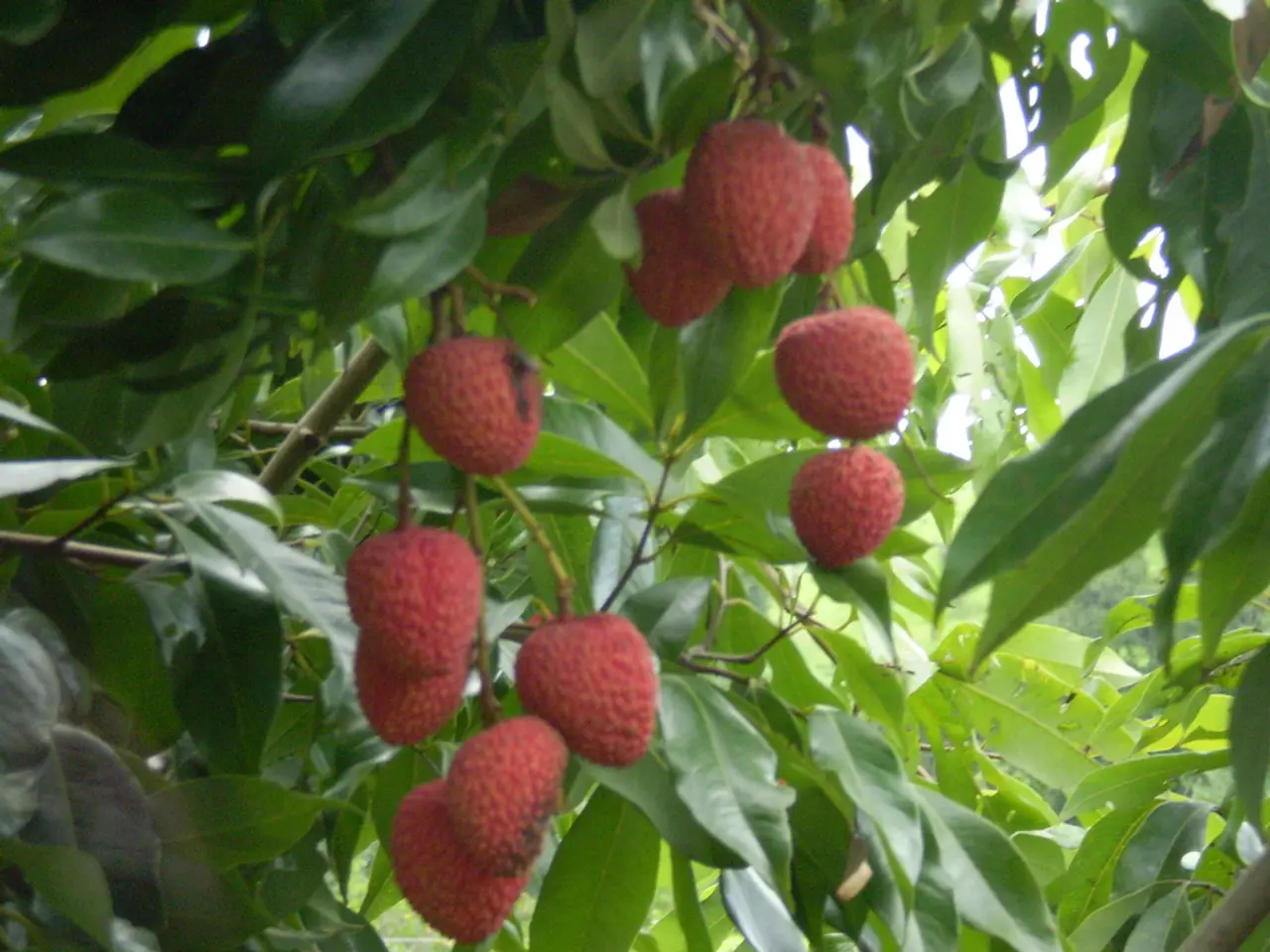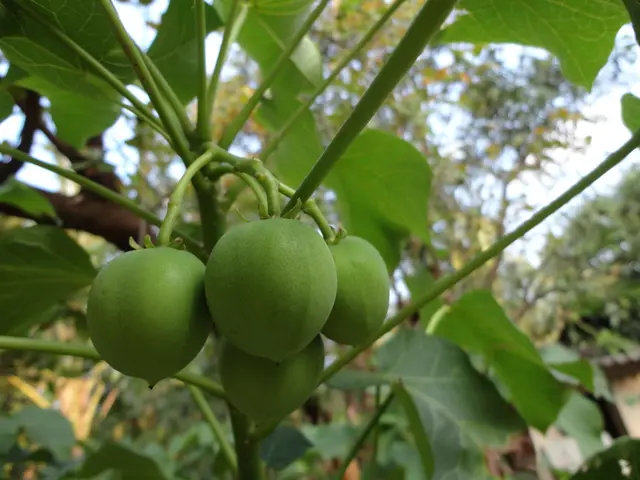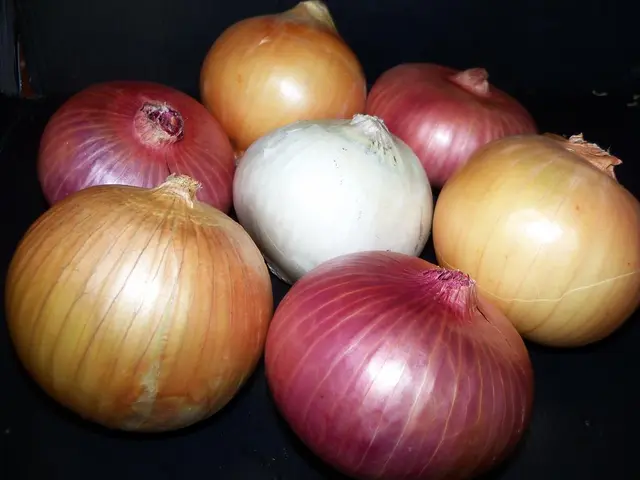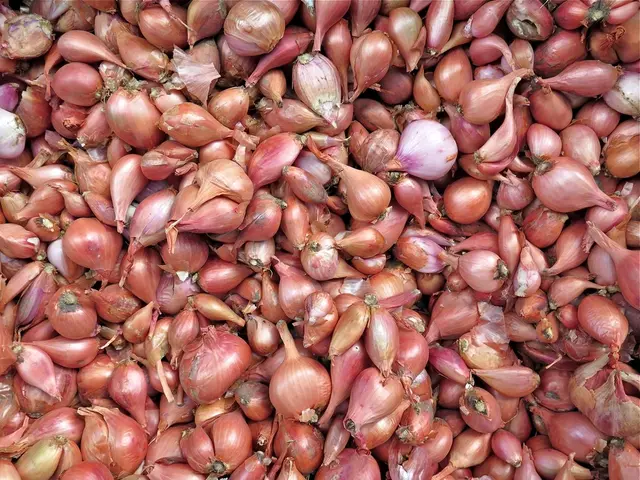Preparing Strawberry Plants for Winter: A Guide for their Survival
Growing Strawberries as a Long-Lasting Perennial Crop
For northern gardeners, strawberries aren't just an annual crop - they're a perfect choice for a resilient, home-grown perennial. By winterizing strawberry plants carefully, you'll cultivate a healthier, more productive crop that'll thrive for years.
As cold weather sets in, make sure those new spring blooms are well-protected. Winterizing strawberries doesn't have to be a daunting task, but why bother? The rewards come in the form of delicious strawberries that return year after year.
When's the Ideal Time for Winter Protection?
The calendar may vary from year to year, depending on factors like temperature and location, but you'll know it's time for winterizing when your plants show signs of dormancy and the wilting vegetation signals that daytime temperatures are lingering around the 40°F mark, while nighttime temperatures regularly dip into the 20°F range.
Generally, gardeners in USDA zones 5 and lower should winterize by late November or early December, while those in zones 6 through 8 should wrap up the job by late December. But, don't stress too much about the specific date—just keep a close eye on your strawberries and identify the most suitable time when the time is right.
Protect Those Prized Plants
For ground-dwelling strawberry plants, prepare the area by removing dead plant matter, leaves, and other debris. Be on the lookout for any signs of new plant growth—if the plant's dormant, there won't be any hints of fresh growth.
As temperatures start dipping into the 20s, you'll want to take action—letting them get any colder than 15°F will likely damage the plants. In colder zones, go ahead and pile on some straw mulch or a similar insulating material to keep those roots and crowns safe.
In warmer zones, you can opt for more lightweight row covers instead. No matter the chosen protection, you'll keep those strawberries flourishing through even the harshest winters.
Strawberries in Containers
Strawberries love their potted homes, too. If your strawberries are Chillin' in movable pots, you can either place them in an unheated garage, watering them once a week to keep the soil sufficiently moist, or keep them warm by placing them closer to the middle if your garage dips below 20°F - 25°F.
If you live in a colder zone, protecting your container-bound strawberries can be done by digging holes large enough to accommodate the pots and filling them with soil for insulation. Then simply pile on the straw mulch as you would for ground plants. No extra watering needed on this method!
Mulching Magic
After your strawberry patch receives a good cleaning, it's time to lay down some mulch, like straw, pine needles, or chopped corn stalks. Avoid using hay, as it often harbors too many weed and grass seeds. And, avoid packing compact materials, as they don't offer enough airflow and can lead to disease problems.
Once you've chosen your mulch, put about 6 inches on top and around the plants. This beds down to 2 - 3 inches over the winter, offering essential frost protection. Don't forget to jot down a reminder in your garden journal to remove the mulch come springtime when new growth emerges.
As a bonus, leave the mulch in place after uncovering the plants to help control weeds and provide some frost protection if needed during a late spring frost.
Appreciate the Homestead Life
By winterizing your strawberries, you'll enjoy a bountiful crop year after year. To learn more about reconnecting with your food, nature, and the homestead way of life, join our Facebook community, The Self Sufficient Life. Stay connected with fellow homesteaders and grow your knowledge with top-notch tips and tricks! Happiest homesteading!
You Might Also Love:- Prune Amazing Raspberries- Extend Your Growing Season- Plant Trees in the Fall
Despite the approaching cold, the established lifestyle of home-and-garden enthusiasts continues with the labor of love in the form of gardening, as they embark on winterizing strawberry plants to ensure a long-lasting harvest. With the right timing and protection methods, these prized perennial plants can thrive year after year, providing homegrown delights even in the harshest winters.








